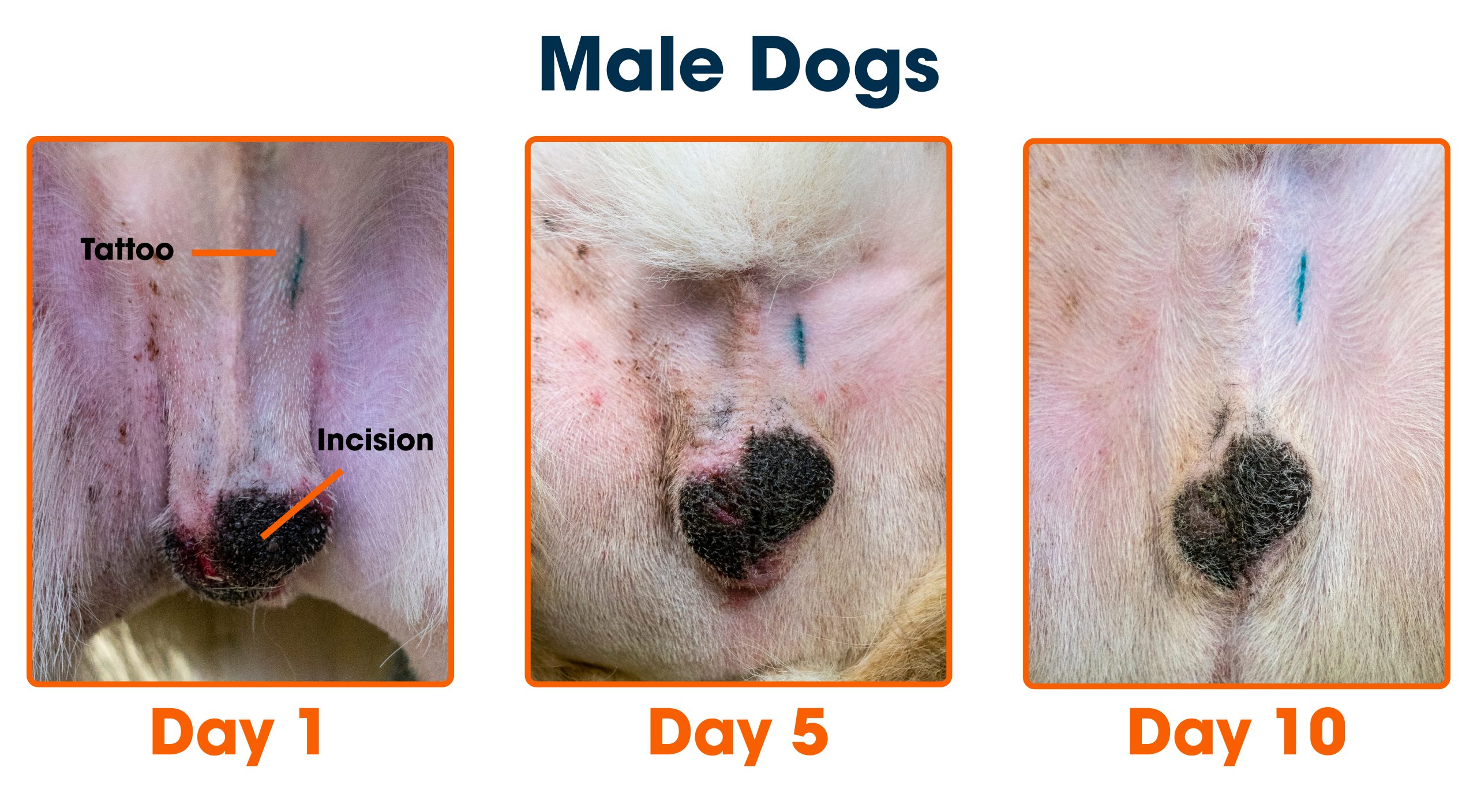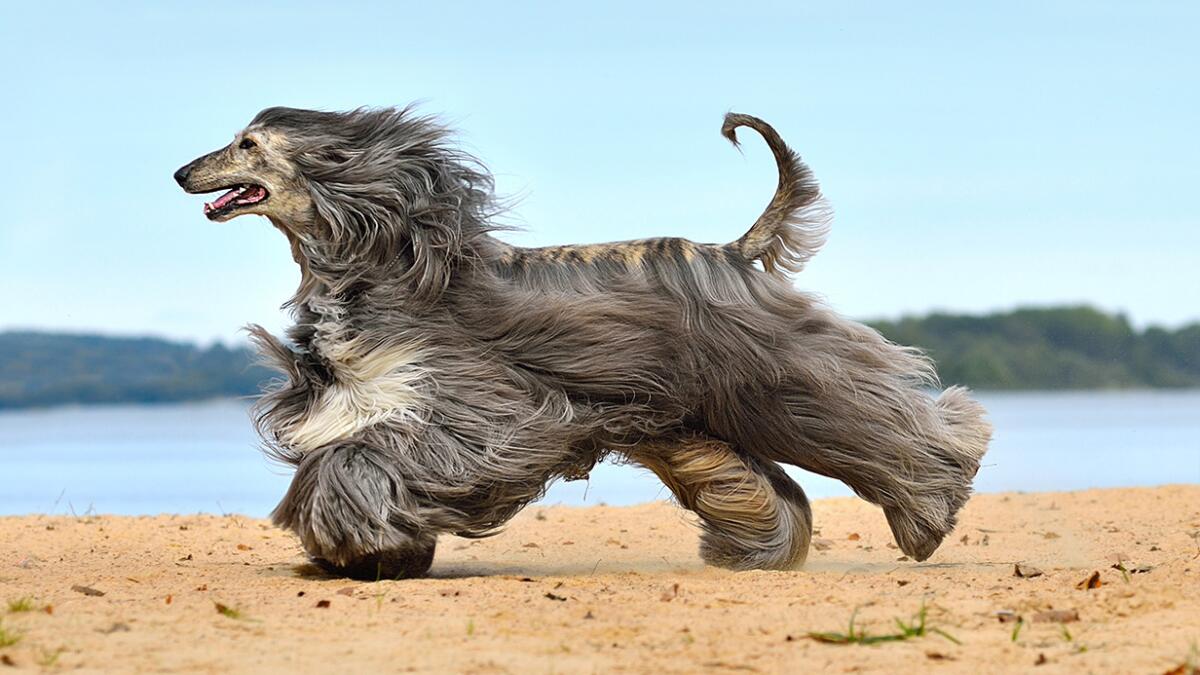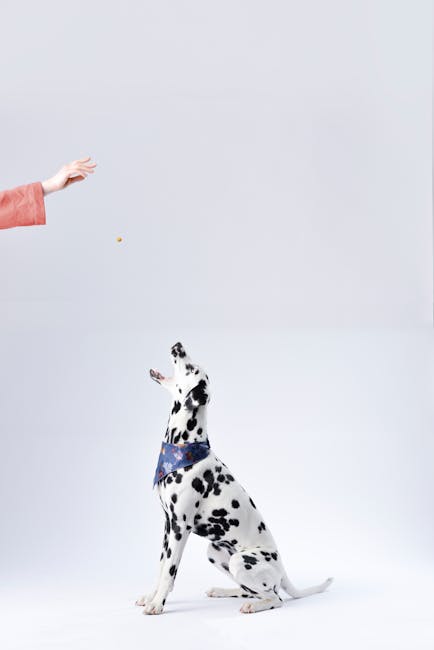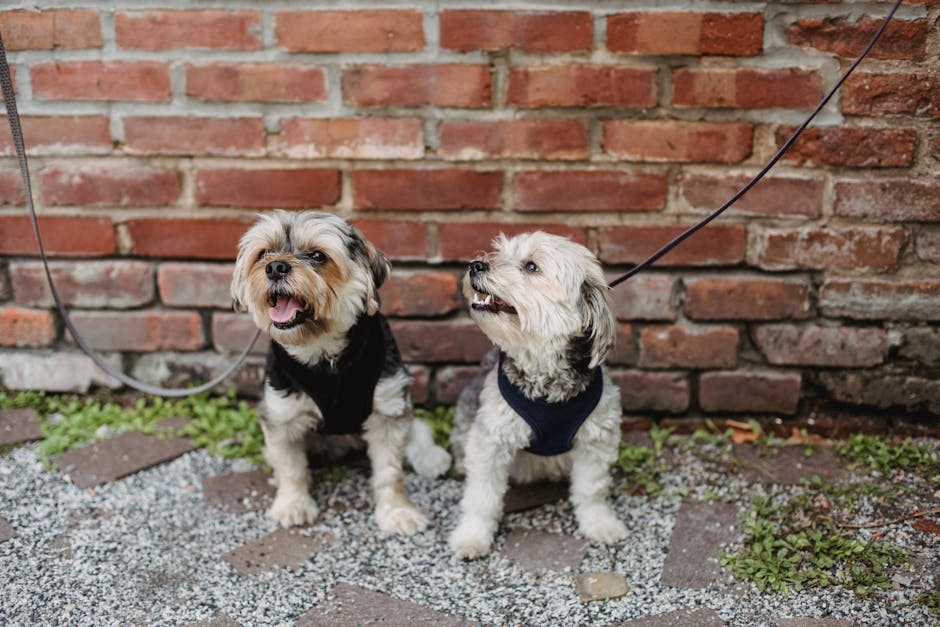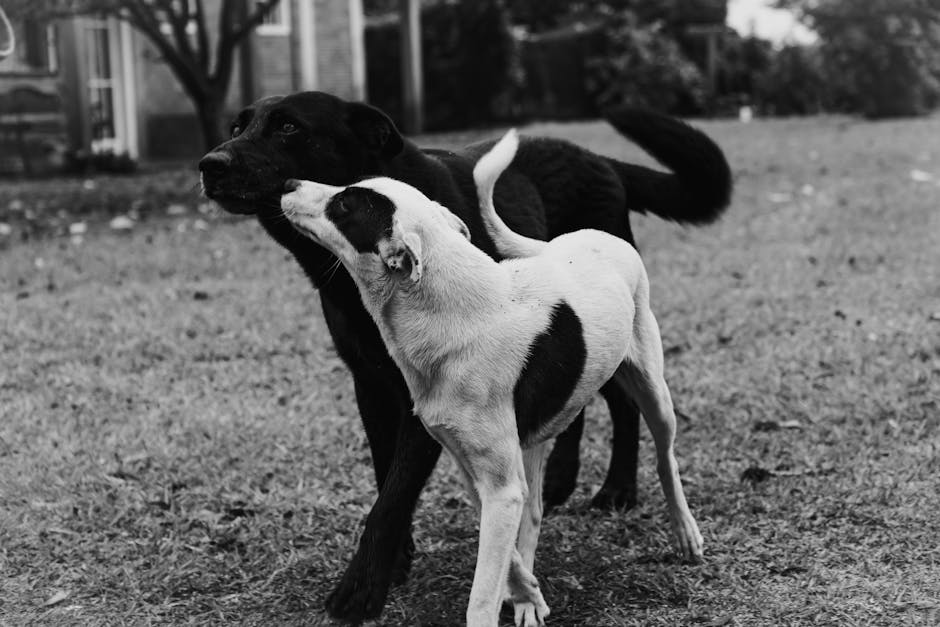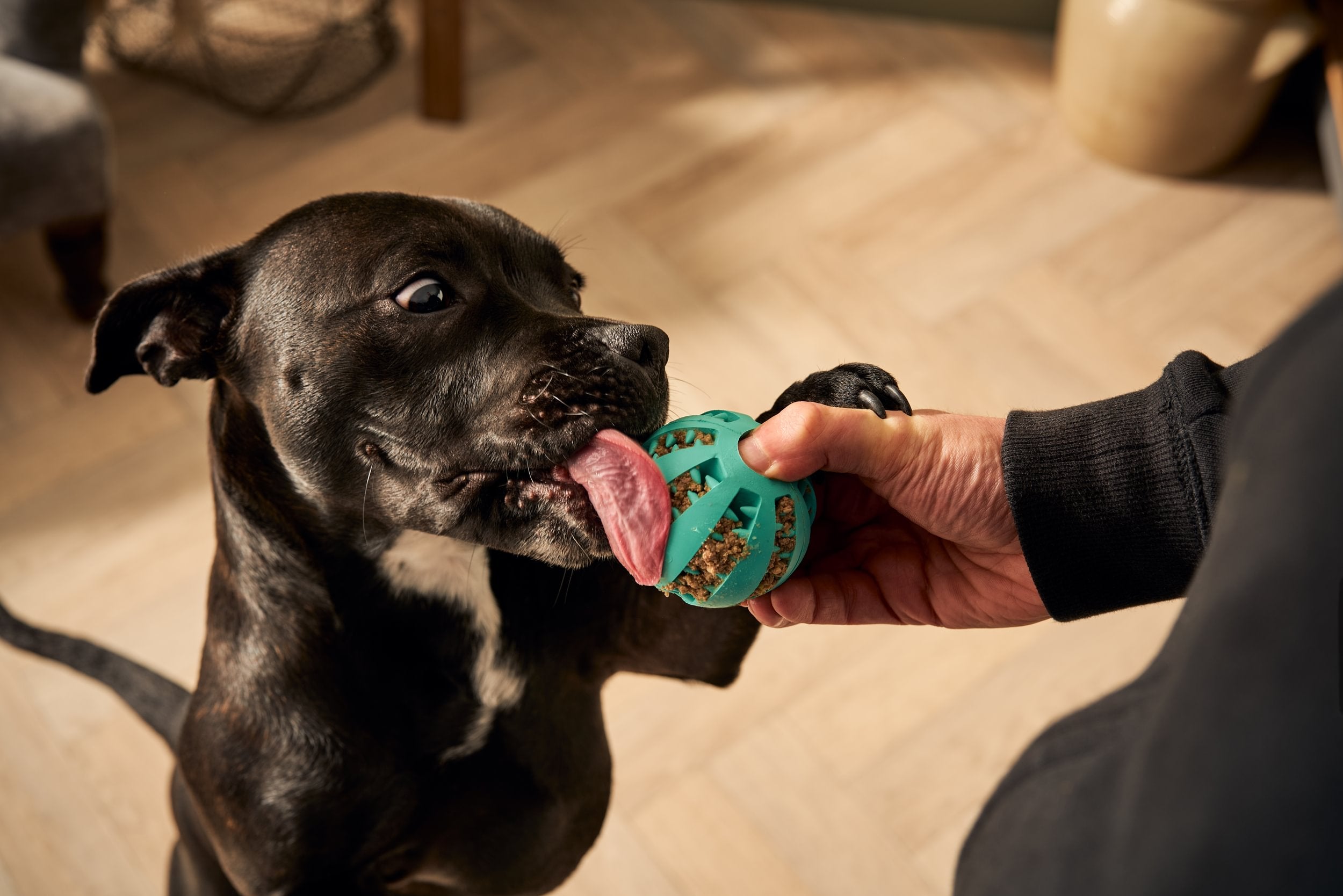Are you worried about dog hair taking over your home but still want a furry friend by your side? You might have heard about hypoallergenic dogs and thought they don’t shed at all.
But is that really true? Understanding if hypoallergenic dogs still shed can help you make the right choice for your lifestyle and allergies. Keep reading to discover what hypoallergenic really means, how much shedding to expect, and which breeds might suit you best.
This could change the way you think about bringing a dog into your life.
What Makes A Dog Hypoallergenic
Many people want dogs that do not cause allergies. Hypoallergenic dogs are thought to be better for allergy sufferers.
These dogs often shed less fur, but shedding is not the only factor that causes allergies.
Low-shedding Breeds
Low-shedding breeds lose very little hair. Less hair means fewer allergens spread in the air and on surfaces.
These breeds are popular for people with mild allergies.
- Poodle
- Bichon Frise
- Shih Tzu
- Maltese
- Portuguese Water Dog
Allergen Factors Beyond Shedding
Allergens come from more than just dog fur. They also come from skin flakes, saliva, and urine.
Even low-shedding dogs produce dander, which can cause allergy symptoms.
- Dog saliva contains proteins that trigger allergies
- Skin flakes or dander spread allergens
- Regular cleaning reduces allergens inside the home
Common Hypoallergenic Dog Types
Some dog breeds are known to be hypoallergenic. They have coats or behaviors that reduce allergen spread.
These dogs suit people who want pets but have allergy concerns.
- Poodle mixes like Labradoodle and Cockapoo
- Schnauzer
- Basenji
- Soft Coated Wheaten Terrier
- Chinese Crested
Shedding Patterns In Hypoallergenic Dogs
Many people think hypoallergenic dogs do not shed at all. These dogs still shed, but less than other dogs. Understanding their shedding patterns helps owners manage pet hair better.
Shedding varies by dog breed, health, and season. Hypoallergenic dogs usually have hair that grows continuously. This hair type sheds less and produces fewer allergens.
How Much Do They Shed?
Hypoallergenic dogs shed less than many other breeds. They lose hair slowly and in small amounts. This makes them easier to clean up after.
These dogs often have curly or wiry coats that trap loose hair. This stops hair from falling everywhere. You may still see some hair on furniture or clothes.
- Shedding is minimal but not zero
- Hair often gets trapped in curls or waves
- Regular grooming reduces loose hair
Seasonal Shedding Variations
Hypoallergenic dogs shed more during certain seasons. Spring and fall usually cause increased shedding. This helps dogs adjust to changing weather.
Even with less shedding, you may find more hair during these times. Regular brushing helps remove loose hair and keeps coats healthy.
- Spring and fall bring more shedding
- Hair growth adjusts with temperature changes
- Brushing helps manage seasonal hair loss
Differences Between Breeds
Different hypoallergenic breeds shed at different rates. Some have hair that grows continuously. Others have dense, curly coats that hold hair tightly.
Knowing breed traits helps predict shedding levels. Some popular breeds shed very little. Others may shed more but still less than non-hypoallergenic dogs.
| Breed | Shedding Level | Coat Type |
|---|---|---|
| Poodle | Low | Curly, dense |
| Bichon Frise | Low | Soft, curly |
| Portuguese Water Dog | Low to Moderate | Curly or wavy |
| Shih Tzu | Low to Moderate | Long, silky |
| Basenji | Low | Short, fine |
Shedding Vs. Allergens
Many people think hypoallergenic dogs do not shed at all. Shedding is just the hair falling out from a dog’s coat. Allergens are tiny proteins that cause allergies. These proteins are found in dog skin flakes, saliva, and urine.
It is important to know that shedding and allergens are not the same. A dog can shed less hair but still produce allergens. This means even hypoallergenic dogs may cause allergies.
Dander And Saliva
Dander is made of tiny skin flakes that dogs shed all the time. Even dogs that shed very little still produce dander. Saliva also has allergen proteins that stick to the dog’s fur and skin.
When dogs lick themselves, saliva dries and becomes part of the dander. Both dander and saliva can float in the air or stick to surfaces. This can trigger allergy symptoms in sensitive people.
- Dander comes from dead skin cells.
- Saliva contains allergen proteins.
- Both cause allergic reactions.
- Hypoallergenic dogs still produce dander and saliva.
Why Shedding Isn’t The Only Concern
Shedding only means how much hair a dog loses. Allergens are in dander and saliva, not just hair. A dog can shed less hair but still spread allergens through dander and saliva.
Cleaning hair alone is not enough to reduce allergies. It is also important to clean areas with dander and saliva. Regular grooming and house cleaning help lower allergen levels.
- Shedding is hair loss only.
- Allergens come from dander and saliva.
- Less shedding does not mean no allergens.
- Cleaning dander and saliva is important.
Impact On Allergy Sufferers
Allergy sufferers react to proteins in dander and saliva. These proteins cause sneezing, itching, and watery eyes. Even hypoallergenic dogs can cause these symptoms.
Choosing a hypoallergenic dog may reduce symptoms but not stop them. Allergy sufferers should spend time with the dog before bringing it home. This helps check if allergies get worse or better.
- Dander and saliva cause allergy symptoms.
- Hypoallergenic dogs produce fewer allergens but still cause reactions.
- Testing tolerance before adoption is important.
- Regular cleaning helps reduce allergens.
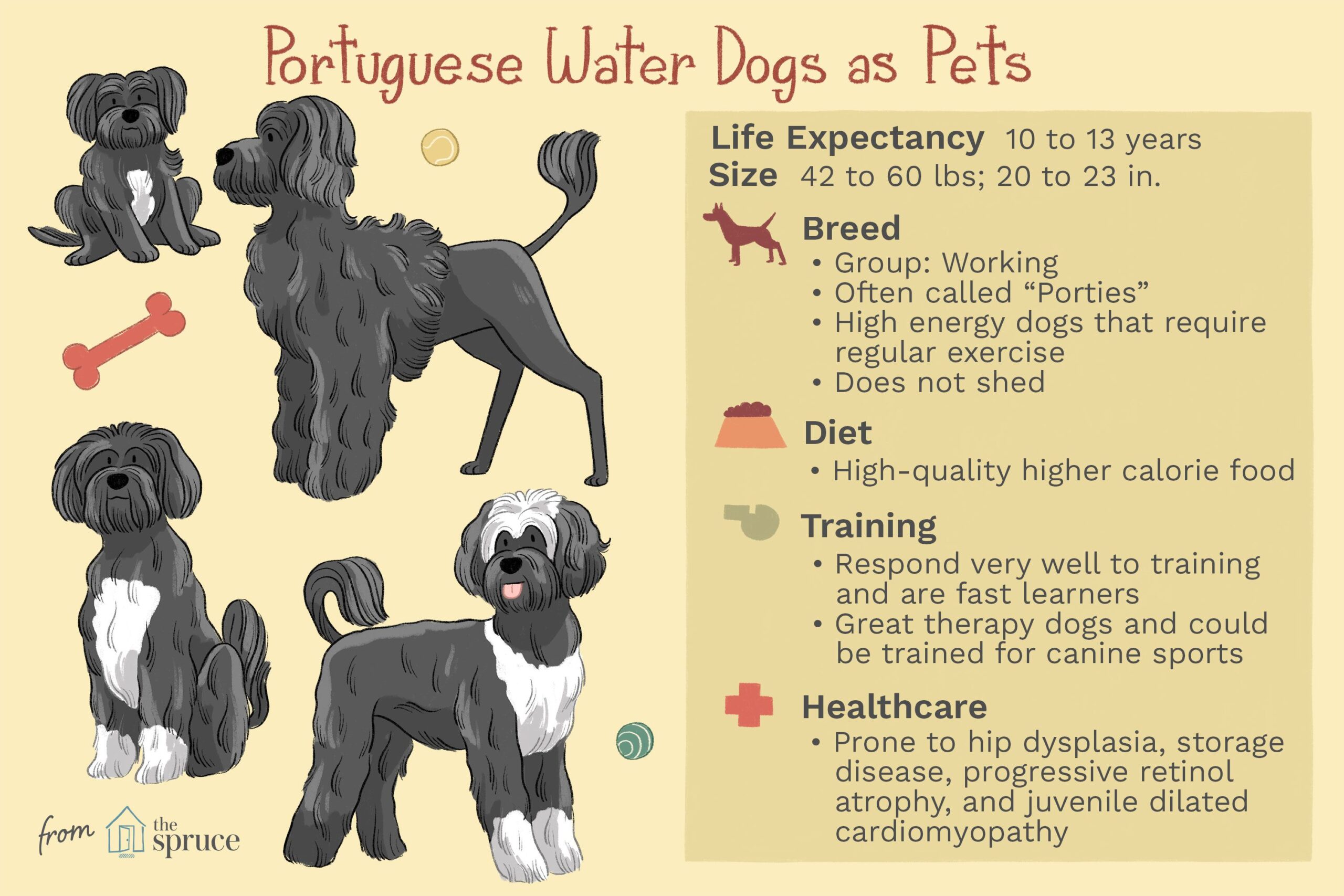
Credit: suburban-k9.com
Managing Shedding In Hypoallergenic Dogs
Hypoallergenic dogs shed less than other breeds, but they still shed some hair. Managing their shedding helps keep your home clean. It also keeps your dog healthy and comfortable.
Shedding depends on many factors like grooming, diet, and environment. Understanding these helps reduce loose hair and dander.
Grooming Techniques
Regular grooming reduces loose hair and prevents mats in your dog’s coat. Use tools designed for your dog’s hair type. Brush your dog often to remove dead hair.
- Brush your dog daily with a slicker brush or comb
- Trim the coat regularly to keep it manageable
- Use gentle shampoos made for dogs
- Dry your dog well after baths to avoid skin problems
Diet And Health Factors
A healthy diet supports a strong coat and skin. Poor nutrition can increase shedding and cause dry skin. Add supplements if your vet suggests them.
- Feed high-quality dog food with balanced nutrients
- Include omega-3 and omega-6 fatty acids for skin health
- Keep your dog hydrated with fresh water
- Visit the vet regularly to check for skin or health issues
Home Cleaning Tips
Cleaning your home regularly helps control dog hair and dander. Use tools that pick up hair from floors and furniture. Keep your dog’s bedding clean to reduce allergens.
- Vacuum floors and furniture often with a pet hair attachment
- Wash dog bedding weekly in hot water
- Use lint rollers on clothes and upholstery
- Keep air filters clean and change them regularly
Choosing The Right Dog For Allergies
Many people think hypoallergenic dogs do not shed at all. This is not always true. Some hypoallergenic breeds still shed, but they shed less.
Choosing the right dog helps reduce allergy problems. It is important to know your options before bringing a dog home.
Breed Selection Tips
Look for breeds known for low shedding and less dander. Some breeds may be better for people with allergies.
Keep in mind that no dog is 100% hypoallergenic. Each dog’s shedding can vary.
- Poodles and Poodle mixes shed very little
- Bichon Frise has a coat that traps hair
- Schnauzers shed less than many other breeds
- Portuguese Water Dogs have tight curly coats
Spending Time Before Adoption
Spend time with the dog before adopting. This helps see if allergies flare up.
Visit the dog in different settings. Notice if symptoms start after playing or petting.
- Ask to hold and pet the dog
- Observe if sneezing or itching occurs
- Check if symptoms worsen in a few hours
Consulting Allergy Specialists
Talk to an allergy doctor before choosing a dog. They can offer advice based on your allergies.
Allergy tests can show what triggers reactions. This helps pick a dog that is safer for you.
- Get tested for pet dander allergies
- Ask about allergy shots or treatments
- Learn how to manage allergies with pets

Credit: www.calmshops.co.uk

Credit: www.latimes.com
Frequently Asked Questions
Do Hypoallergenic Dogs Shed Less Than Regular Dogs?
Yes, hypoallergenic dogs generally shed less than regular dogs. They have hair that grows continuously and sheds minimally, reducing allergens. However, they still shed some hair and dander, but in smaller amounts, making them better for allergy sufferers.
Why Do Some Hypoallergenic Dogs Still Shed Hair?
Hypoallergenic dogs shed less but don’t shed zero hair. Their hair grows in cycles and naturally falls out. Regular grooming helps manage shedding. Individual dog differences and breed traits also affect how much they shed.
Can Grooming Reduce Shedding In Hypoallergenic Dogs?
Absolutely, regular grooming significantly reduces shedding in hypoallergenic dogs. Brushing removes loose hair and dander. Bathing with hypoallergenic shampoos helps control allergens. Consistent grooming keeps coats healthy and minimizes hair around your home.
Are Hypoallergenic Dogs Completely Allergen-free?
No, hypoallergenic dogs are not completely allergen-free. They produce fewer allergens like dander and saliva proteins, which cause reactions. People with severe allergies may still react, but hypoallergenic breeds usually cause milder symptoms.
Conclusion
Hypoallergenic dogs shed less, but they still lose some hair. Many factors influence shedding, including breed and individual health. Regular grooming helps manage shedding. Owners should understand each dog’s unique needs. A clean home benefits everyone. Not all hypoallergenic dogs suit every allergy sufferer.
It’s important to spend time with a dog before adopting. This helps assess personal allergies. Research and preparation lead to happy pet ownership. Always consider lifestyle and commitment before getting a dog. Hypoallergenic or not, dogs bring joy and companionship.
Choose wisely for a fulfilling pet experience.

